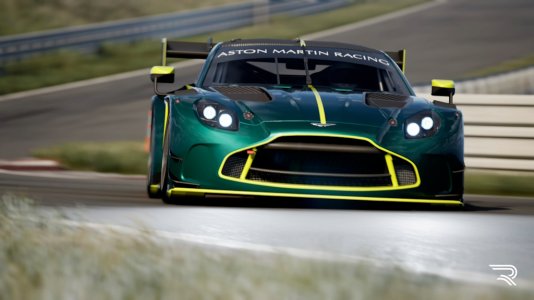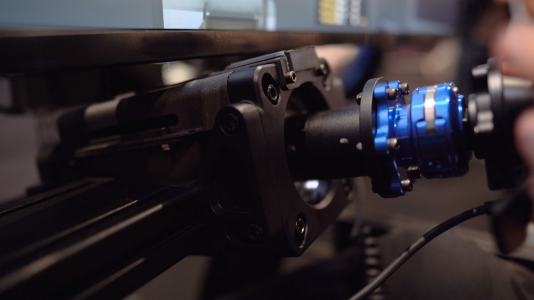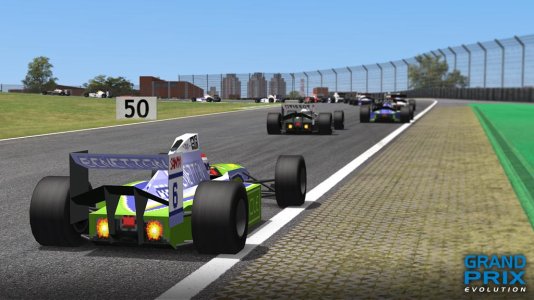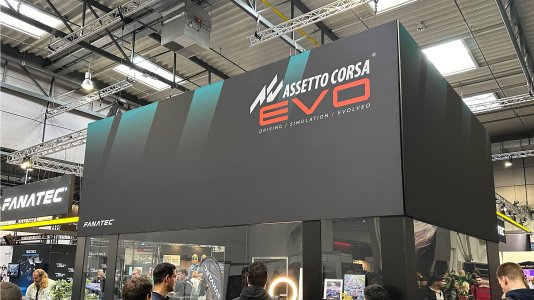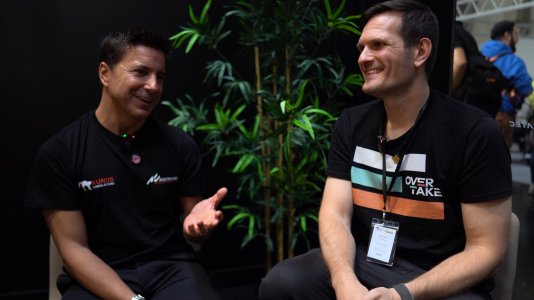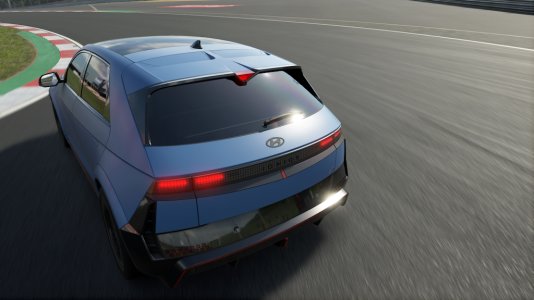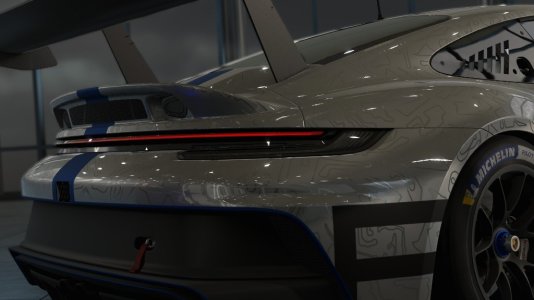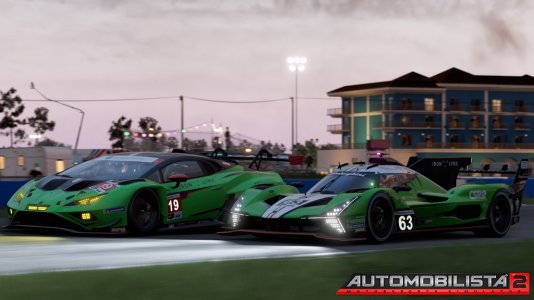stigs2cousin
Premium
Sadly, that receiver appears to lack discrete 5.1 inputs, limiting it to 2 channels e.g. from SimHub ShakeIt..
Yes, that was a pit i fell in when trying to get 5.1 audio to my rig.
With the PS4 i could just loop through the HDMI cable and everything was set.
On the PC side its impossible ( for me at least) to get a digital 5.1 output.
Even the optical output is limited to two channels as @blekenbleu said.
I got around that by buying a second hand Denon 1507 which has analog inputs for 75 Euros which is cheaper than a new onboard soundcard (2 channels even on S/PDIF)
I should have researched more because the sound settings ( eg equalizers and volume/distance settings per channel) are a lot less than on my main receiver, a Yamaha RX1900.
I assumed they would be generally the same. ( ASS, YOU, ME)
So when going that route do your research that you buy a receiver with enough power and the desired settings.
MFG Carsten







